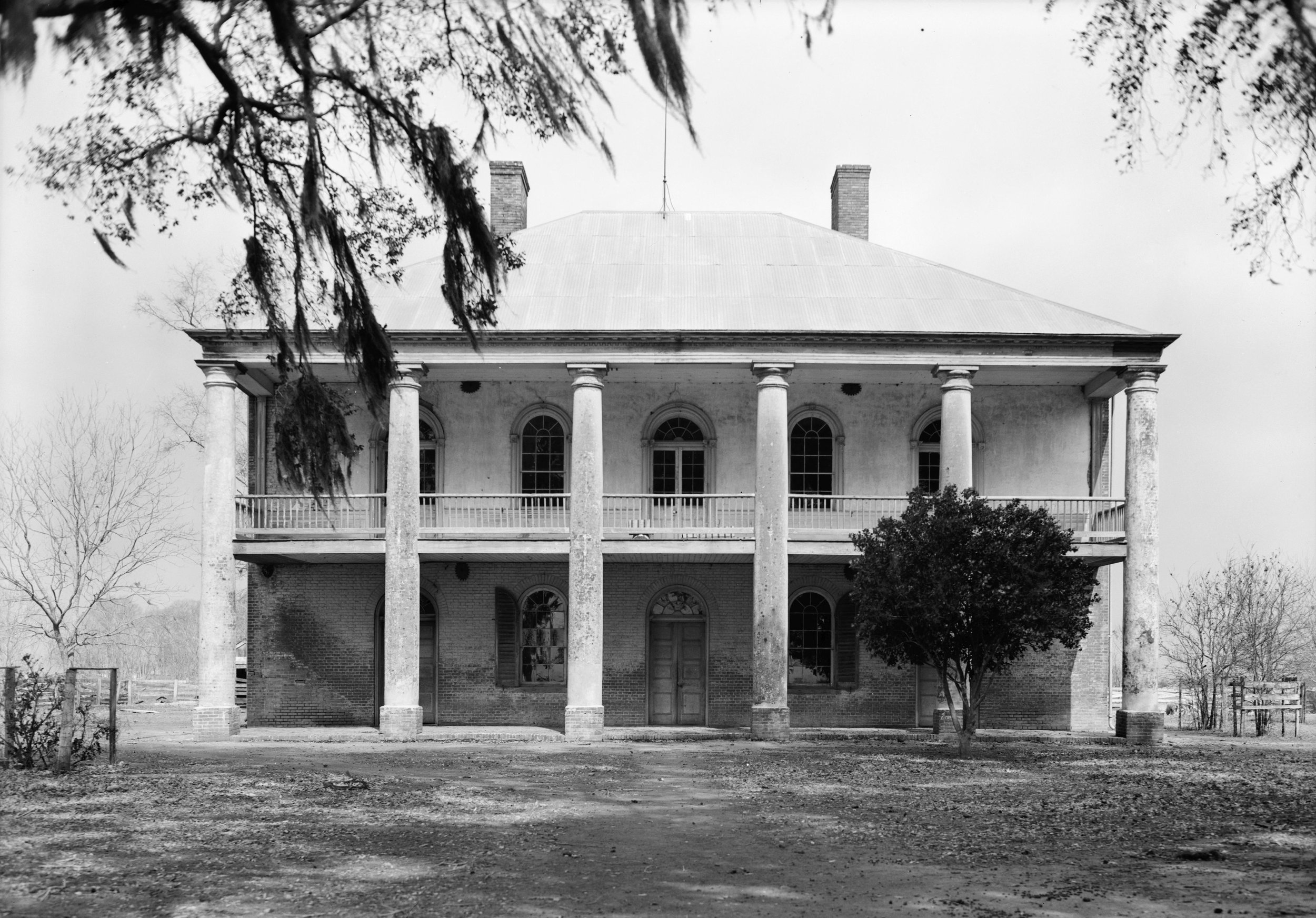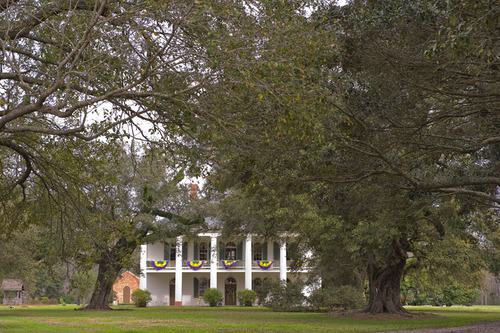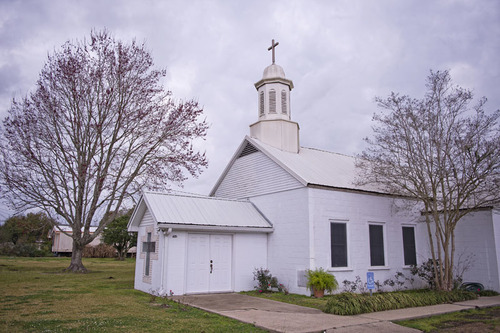Sunset, La
Legend has it that Sunset received its name from railroad workers who were building tracks in the late 1800's. The workers named new train stops as they reached them. Apparently, they arrived in Sunset at the end of the day.
Sunset began in the early 1900’s as a railroad town growing from the site of a railroad construction camp. The Village of Sunset was incorporated in 1904 of many French speaking residents and customs stemming from their Cajun and Creole heritage. Sunset is twinned with St. Paul en Cornillon in France.
This once quaint agricultural community has grown into the busy, inviting town that it is today. Known as a small Louisiana town that embraces a rich history of culture and traditions, Sunset is a friendly, one light community offering casual and fine dining, local art, a charming bed-and-breakfast and several shopping markets all within walking distance. Sunset has evolved into an antique lover’s haven and local art destination. More than 80 vendors keep their market space filled with reasonably priced vintage items that appeal to all. Customers return because of the constantly evolving choices of merchandise.
Sunset is the "Rubboard Capitol of the World" as proclaimed by the 2014 Louisiana Legislature via Resolution SRC81. A rubboard is only one of four musical instruments founded in the United States. Lifelong Sunset resident Tee Don Landry and his family are the reason behind this instrument and proclamation.
Enjoy relaxed, carefree shopping in this one-traffic-light community. In July 2012, Sunset became recognized as a Louisiana Cultural District where the sale of original works of art are tax free. Shoppers can visit galleries and shop for local art in the antique markets to find one of a kind gifts and home decor.
You can drive and park with ease, and experience this “user-friendly” small town atmosphere the way that shopping used to be. Sunset is coming to life again as a vibrant destination for those who want a day away, a weekend escape or a stop on a journey to a destination with many choices for shopping, eating and staying.
Chretien Point Plantation - This is a private residence so please don't trespass.
Built in 1831 and set on 20 secluded acres on the banks of the Bayou Bourbeau. The mansion was the center of a thriving 3,000-acre cotton plantation with 500 slaves in its heyday. The centerpiece 12-room red brick mansion itself is spectacular with a rich history of former tenants. The most noteworthy of which is Jean Lafitte, a flamboyant gambler. His equally flamboyant widow smoked cigars and doubled her husband’s fortune. Civil War battles were fought on the property. A Union cannonball destroyed the upper most section of the western most column of the house and there is still a bullet hole on one of the front doors. Chretien Point’s storied past no doubt has been influential in many people having reported seeing ghosts throughout the years. Chretien Point was used as a hospital during the war and so, of course, it feeds stories of hauntings. There are also tales of buried treasure on the grounds.The famous staircase in the movie “Gone With the Wind” where Scarlett O’Hara shoots a pillaging Union soldier was a replica of Chretien Point mansion stairway.
Civil War battle site of Bayou Bourbeau in 1863, also known as the Battle of Grand Coteau, Battle of Boggy Creek or the Battle of Carrion Crow Bayou, which is present day Carencro Bayou, was fought in southwestern Louisiana west of the town of Grand Coteau, during the American Civil War. The engagement was between the forces of Confederate Brigadier General Thomas Green and Union Brigadier General Stephen G. Burbridge. Lieutenant William Marland of the 2nd Massachusetts Battery earned the Congressional Medal of Honor for his actions during this battle. Marland bridge is named after Union Lt. William Marland who was given the Congressional Medal of Honor for bravery during the Bayou Bourbeau battle in which there were 812 casualties, 124 wounded and 566 missing. This bridge is also said to be haunted.





